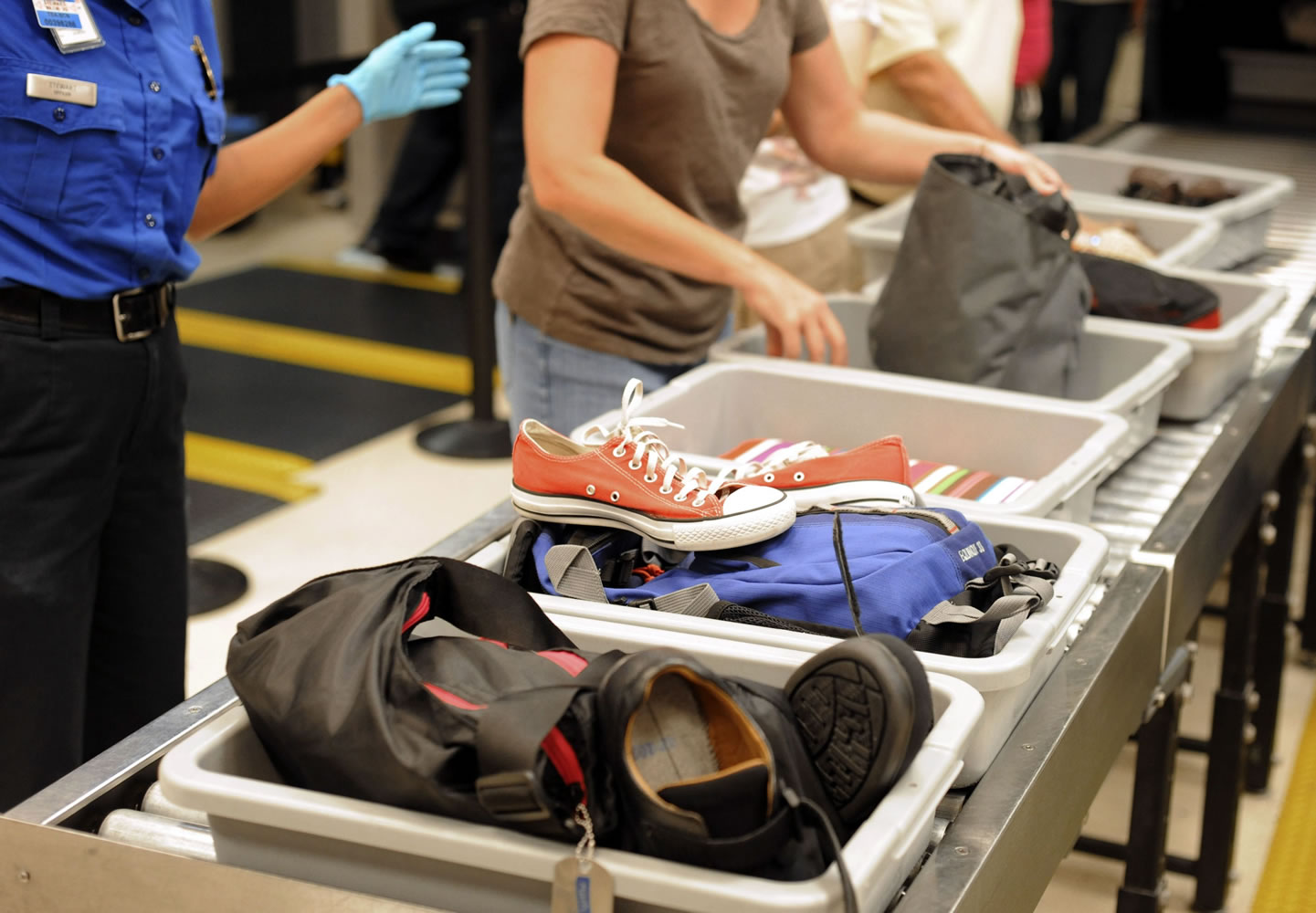AKRON, Ohio — Andrew Thomas predicted bad guys could exploit the ease of opening cockpit doors, and right he was.
Ten years after 9/11, the specialist in airline security at the University of Akron sees the skies as only a bit safer than they were a decade ago, even though “passengers are more at risk driving to and from the airport.”
“The industry has moved from a 2 on a scale of 1 to 10 a decade ago to a 4 or 5,” he said. “But we need to be at a 7.”
This month, Thomas, 43, an assistant professor of international business at UA, will churn out his fifth book about airline safety, “Soft Landing: Airline Industry Strategy, Service and Safety,” published by Apress Media.
That will be followed next month by a book to be published by the UA Press: “The Greatest Thing Ever Built: The Saturn V Moon Rocket,” with co-author Paul Thomarios, owner of a specialty construction company in Akron that restores spacecraft.
Since joining UA as a visiting professor in 2003, Thomas has earned a doctorate as a Fulbright Scholar at the University of Bucharest and has written most of his 15 books on global sales and emerging markets. But he’s also carved out such a strong niche in the field of airline security that he has conducted 1,000 interviews with all manner of media, most often when catastrophes strike.
He admits it’s “a bit complicated” to expound on his pet belief that passengers collectively are safer than they’ve ever been, even though the system is deeply flawed.
“Do terrorists still want to attack aviation? Yes. Could they inflict major damage like 9/11? Yes,” Thomas said.
Still, with 700 million Americans flying each year and 27,000 flights a day in this country alone, “the likelihood that you will be on a flight in which something is going to happen is virtually nil.”
He credits the moderate increase in airline safety largely to passengers on the lookout for unusual behavior — fellow fliers who try to light their shoes or underwear on fire, for instance.
The inspections and X-rays are “window dressing” to make them feel more comfortable and keep the industry, well, aloft, he said.
Thomas admits he felt a “visceral emotional appeal” to taking off his shoes and going through the line at New York’s LaGuardia Airport en route to Akron this week, just like an ordinary passenger who wasn’t schooled in transportation safety.
“At one level, you feel all this bustle around you. You figure this has to be safe — look at everything’s that’s going on! But if you look at it objectively, you see it as an activity to help people feel better,” he said.
Thomas remains concerned about what goes on behind the scenes — who has access to the planes, from baggage handlers to cleaning people to caterers, none of whom is an employee of the airlines.
He also sees a soft spot in cargo, 20 million tons of which move every day nationwide. Cargo is not universally screened and there are “many places along the supply chain where a bomb could be inserted,” he said.
Be alert, he advises, and keep yourself under control. Get involved if a flight attendant asks you to. “We need to support those people any way we can,” he said.
“The stakes are higher now. Terrorists saw what they can do.”
(c)2011 the Akron Beacon Journal (Akron, Ohio)
Visit the Akron Beacon Journal (Akron, Ohio) at www.ohio.com
Distributed by MCT Information Services



